Accessing your Windows 11 PC remotely can be incredibly useful when you need to reach files or applications from a different location. With the Remote Desktop feature, you can control your PC from another Windows computer, or even from an Android, iOS, or macOS device.
However, before you proceed, there are a couple of important points to consider. Firstly, Remote Desktop is only available on the 'Pro' edition of Windows 11. If you're unsure about your Windows edition, you can check it in the Settings app. Secondly, the PC you want to access must be turned on and connected to the internet whenever you try to connect remotely.
Note: While the PC you're accessing remotely must be running the Pro version of Windows, the device you're using to connect can be running any edition of Windows or even a different operating system like Android or iOS.
Enable the Remote Desktop feature on your Windows device
By default, Remote Desktop is disabled on your Windows 11 PC. You'll need to enable it through the Settings app before you can use it for remote connections.
Step 1: Open the Settings app by clicking on the 'Settings' icon in the Start Menu or by searching for it.
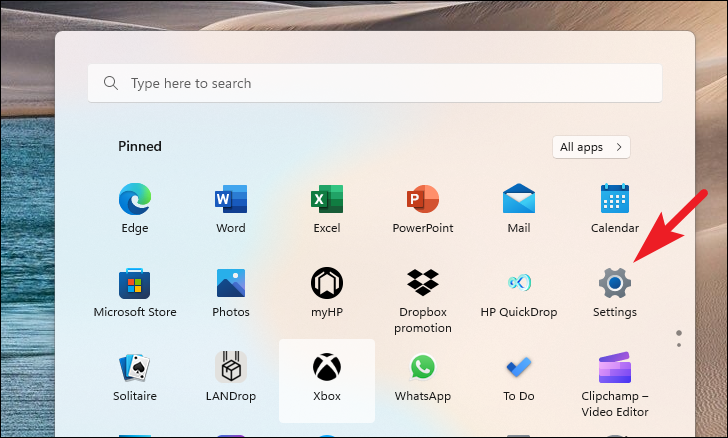
Step 2: In the Settings window, ensure that the 'System' tab is selected on the left sidebar. Take note of the PC name displayed here, as you'll need it later to establish a remote connection.

Step 3: Scroll down on the right pane and click on the 'Remote Desktop' option.

Step 4: Toggle the 'Remote Desktop' switch to the 'On' position. Click on the 'Remote Desktop' section to expand it. Then, check the box labeled 'Require devices to use Network Level Authentication to connect (recommended)' to enhance security.

Step 5: Return to the 'System' tab by clicking on it in the left sidebar.
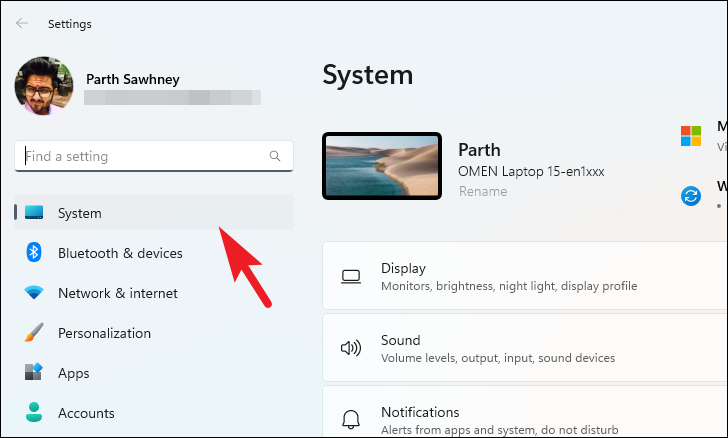
Step 6: Scroll down and click on the 'About' option at the bottom of the list.
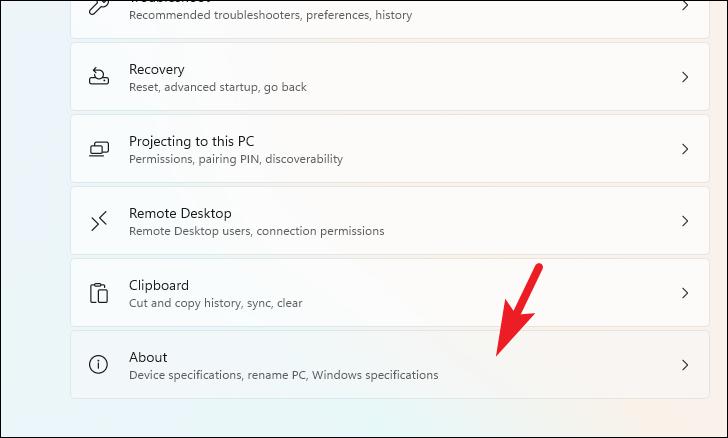
Step 7: On the 'About' page, click on 'Advanced system settings' to open a new window.
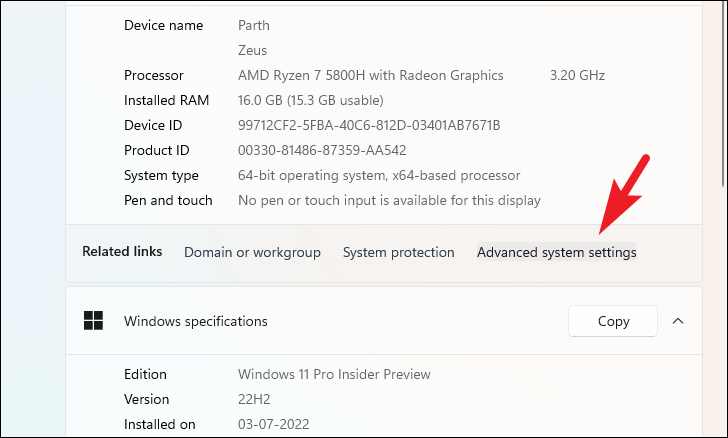
Step 8: In the System Properties window, go to the 'Remote' tab. Select 'Allow remote connections to this computer' and make sure the checkbox for 'Allow connections only from computers running Remote Desktop with Network Level Authentication' is checked. Click 'Apply' and then 'OK' to save the changes.

You have now successfully enabled Remote Desktop on your Windows 11 PC.
It's also advisable to note down your PC's IP address. This can be helpful if the remote connection cannot be established using just the PC name.
Step 9: In the Settings window, select the 'Network & Internet' tab from the left sidebar.

Step 10: Click on 'Wi-Fi' (or 'Ethernet' if you're connected via cable).
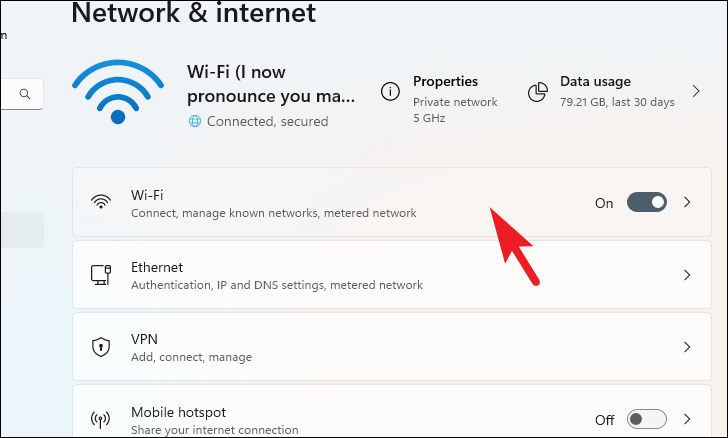
Step 11: Click on the network you're currently connected to.
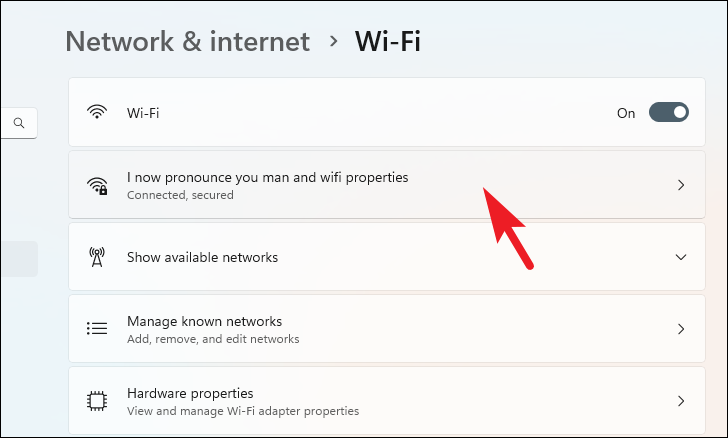
Step 12: Scroll down to the 'Properties' section and note the IPv4 address listed there.
Note: The IP address may change if you restart your PC or router. Always ensure you have the current IP address before attempting a remote connection.

Connect to your Windows 11 PC remotely
There are several ways to connect to your Windows 11 PC remotely, depending on the device you're using. We'll cover how to connect from another Windows PC, as well as from Android, iOS, and macOS devices.
Connect using the Remote Desktop app for Windows
If you're connecting from another Windows computer, you can use the Microsoft Remote Desktop app to establish the connection.
Step 1: If you don't have the Remote Desktop app installed, open the Microsoft Store from the Start Menu or by searching for it.
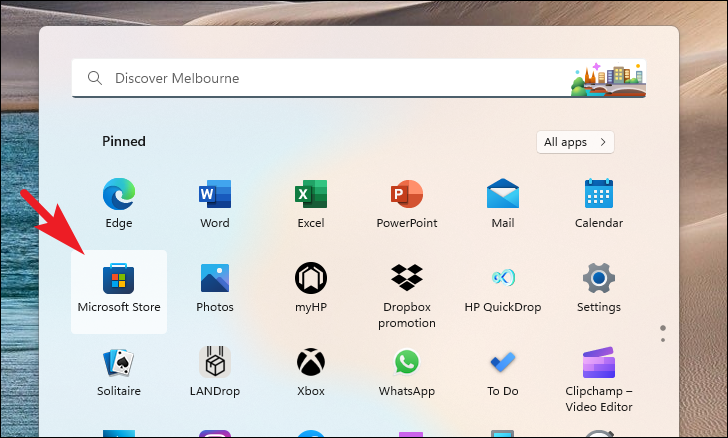
Step 2: In the Microsoft Store, search for 'Remote Desktop'. Click on the 'Remote Desktop' app from the search results.
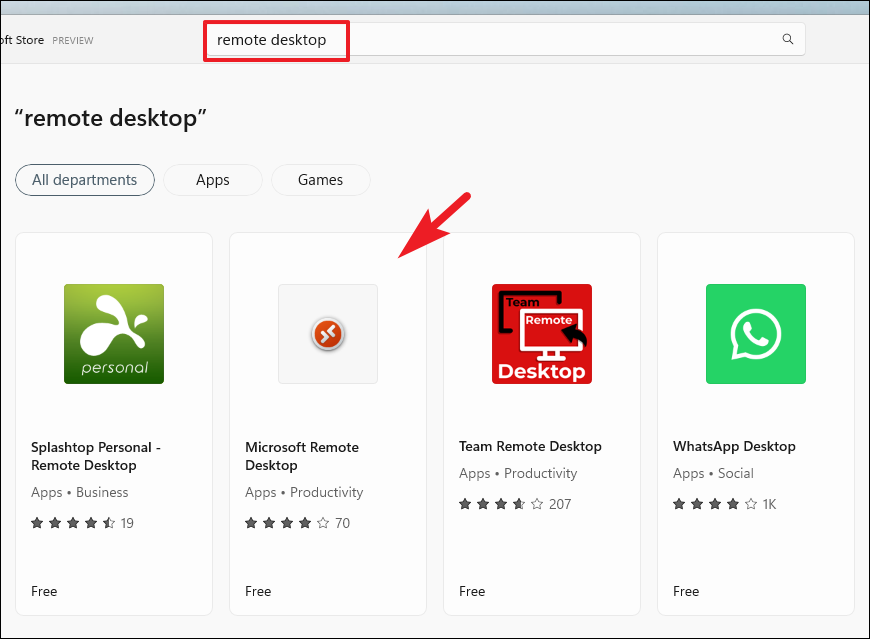
Step 3: Click the 'Get' or 'Install' button to download and install the app on your device.

Step 4: Once installed, open the Remote Desktop app from the Start Menu.
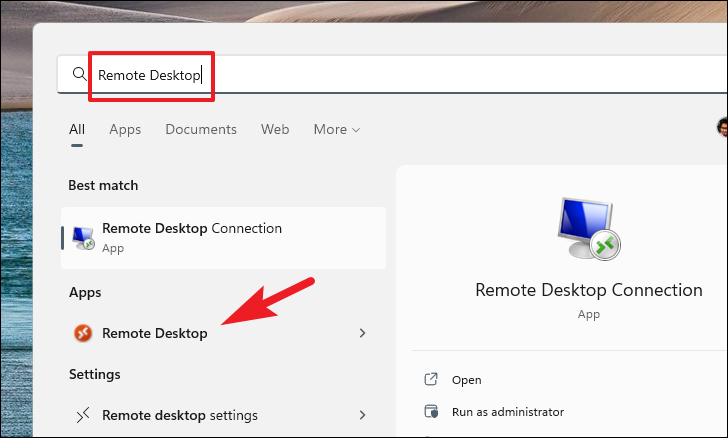
Step 5: Click on the '+' (Add) button and select 'PCs' to add a new remote connection.
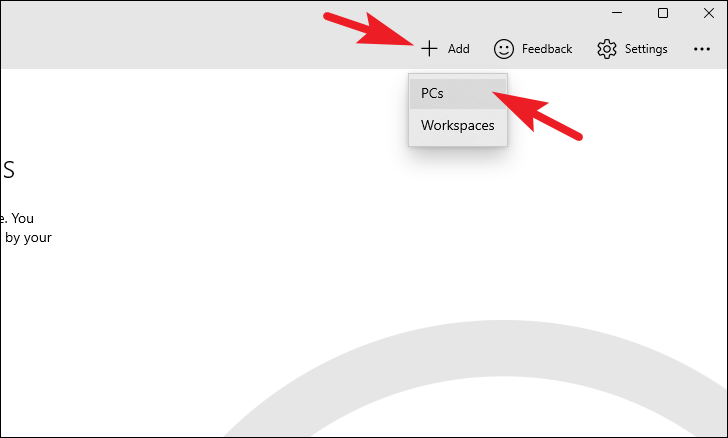
Step 6: In the 'PC name' field, enter the name or IP address of the PC you want to connect to.
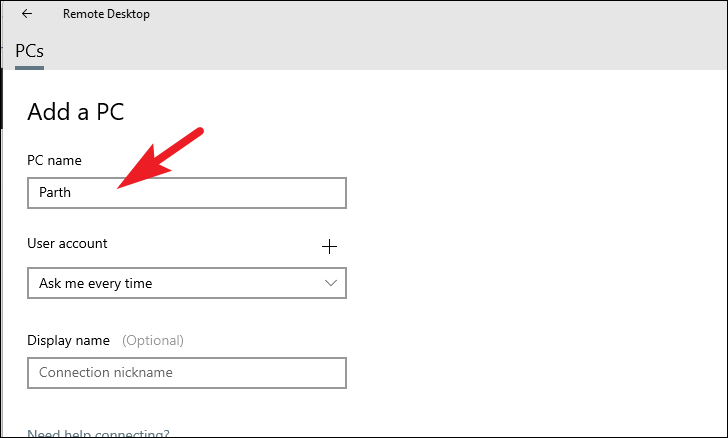
Step 7: Under 'User account', click the '+' icon to add your user account credentials for the remote PC. Enter the username and password, and optionally, a display name for the account. Click 'Save' when done.
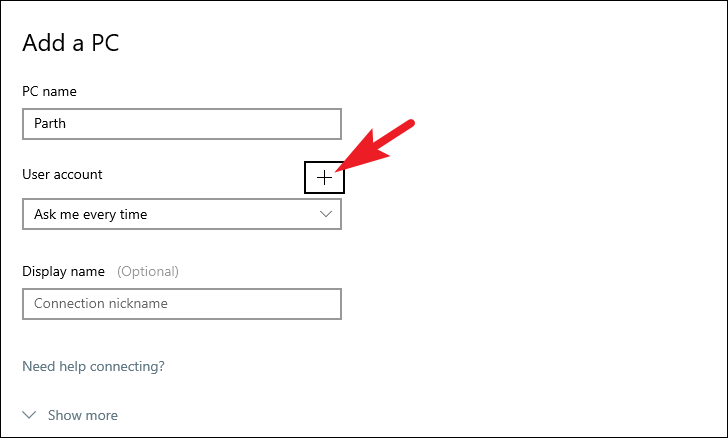
Step 8: If you need to connect to an administrative session, click on 'Show more' and check the box next to 'Connect to admin session'. Then click 'Save'.
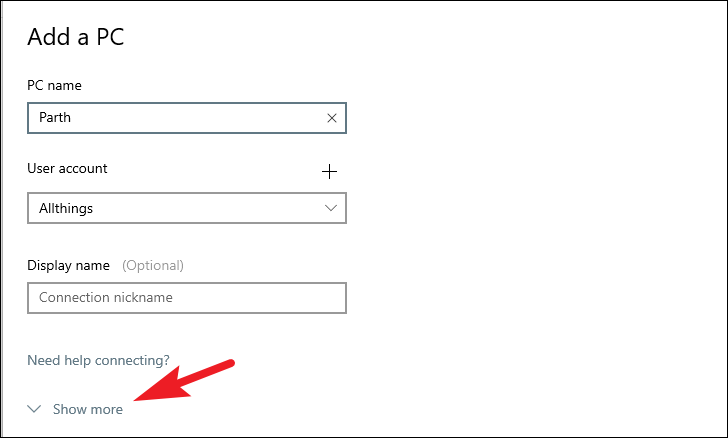
Step 9: Now, double-click on the newly created connection to start the remote session to your Windows 11 PC.
Connect using the Remote Desktop Connection app
If you're unable to use the Remote Desktop app, you can use the built-in Remote Desktop Connection tool.
Step 1: Open the Start Menu and search for 'Remote Desktop Connection'. Click on the app to open it.
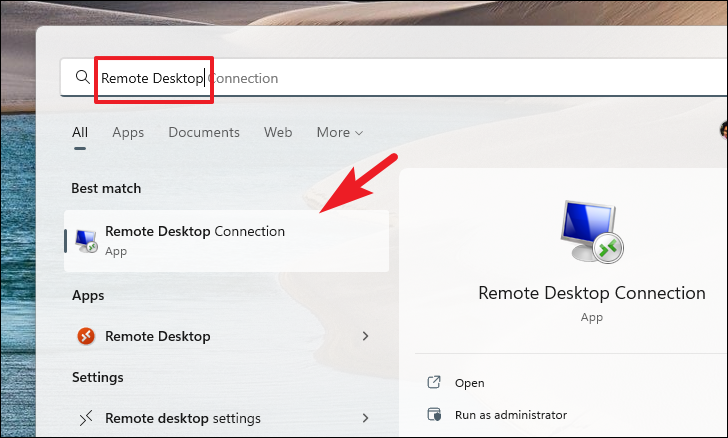
Step 2: Click on 'Show Options' to expand the connection settings.

Step 3: In the 'Computer' field, enter the PC name or IP address of the remote computer. In the 'User name' field, enter your username (e.g., user@example.com). Click 'Connect' to initiate the remote session.

You will be prompted to enter your password for authentication. Once verified, you will gain remote access to your Windows 11 PC.
Connect using Android, iOS, and macOS devices
You can also connect to your Windows 11 PC from mobile devices and Mac computers by using the Remote Desktop app available on these platforms. The process to download the app varies by operating system, but the steps to connect are similar.
Download Remote Desktop on Android
Step 1: Open the Google Play Store from your device's home screen or app drawer.
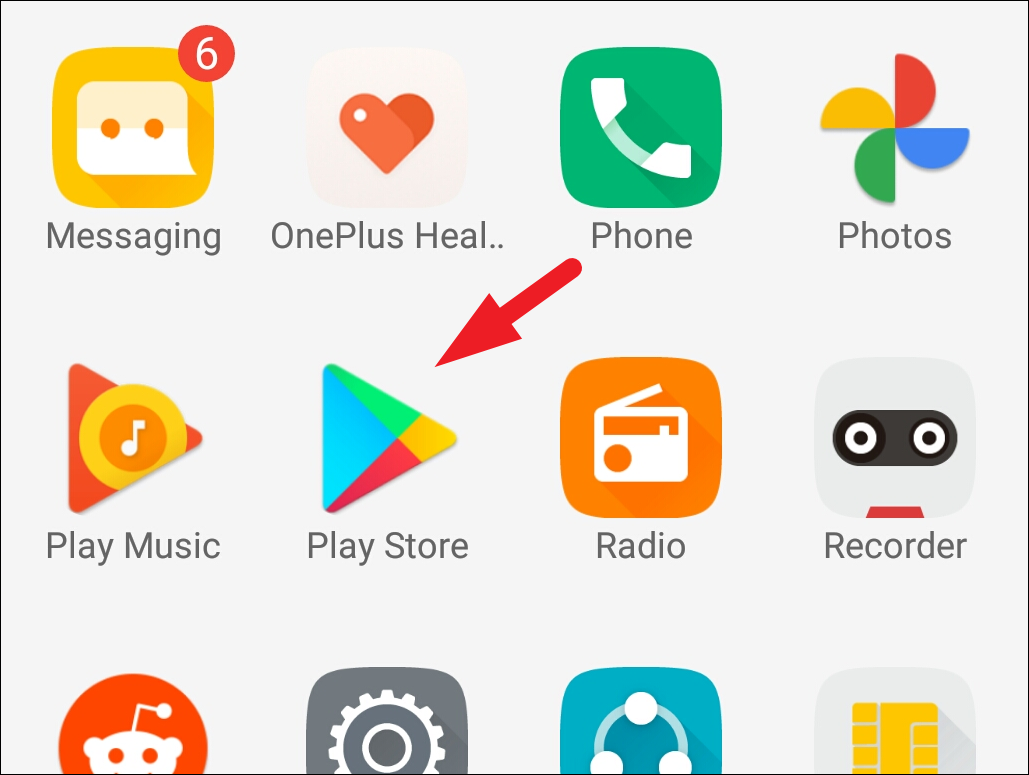
Step 2: Search for 'Remote Desktop' using the search bar. Tap on the 'Microsoft Remote Desktop' app from the results and tap 'Install'.

The app will be installed on your device and can be accessed from your home screen or app drawer.
Download Remote Desktop on iOS
Step 1: Launch the App Store from your device's home screen.

Step 2: Use the search bar to find 'Remote Desktop'. Tap on the 'Microsoft Remote Desktop' app from the search results and tap 'Get' to download and install it.
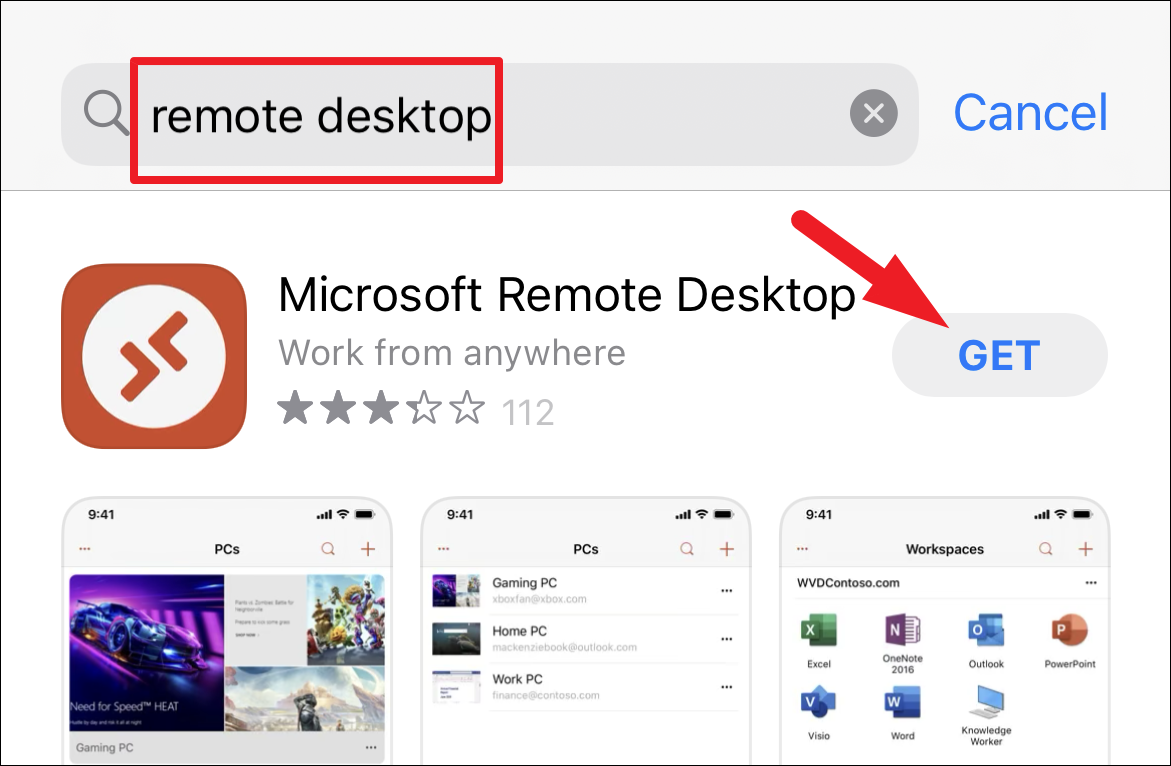
After installation, the app will appear on your home screen.
Download Remote Desktop on macOS
Step 1: Open the App Store from your Mac's dock or Applications folder.
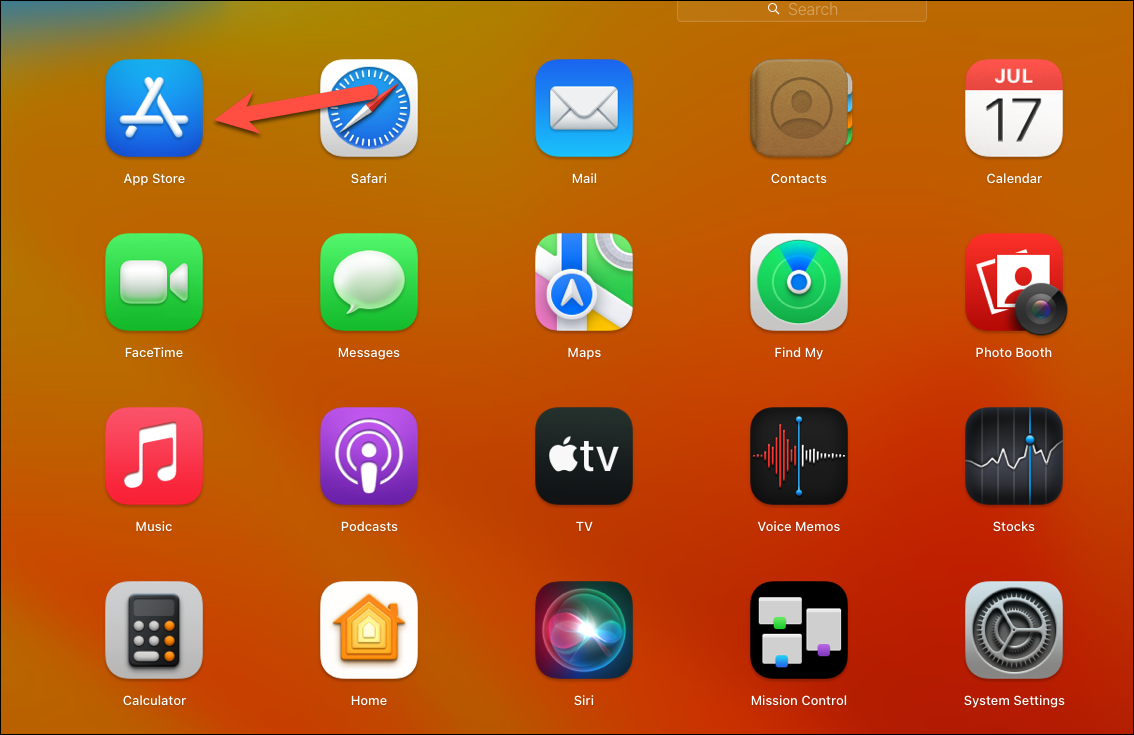
Step 2: Search for 'Remote Desktop' using the search bar. Click on 'Microsoft Remote Desktop' from the results and click 'Get' to download and install the app.

Initiate the remote connection using the app
Once you've installed the Remote Desktop app on your device, you can set up a connection to your Windows 11 PC.
Step 1: Open the Remote Desktop app on your device. Tap or click on the '+' icon and select 'Add PC'.

Step 2: In the 'PC Name' field, enter the name or IP address of your Windows 11 PC.

Step 3: Under 'User Account', enter your username and password for the remote PC. If you prefer to be prompted each time, select 'Ask when required'. Save the information by tapping or clicking 'Save'.
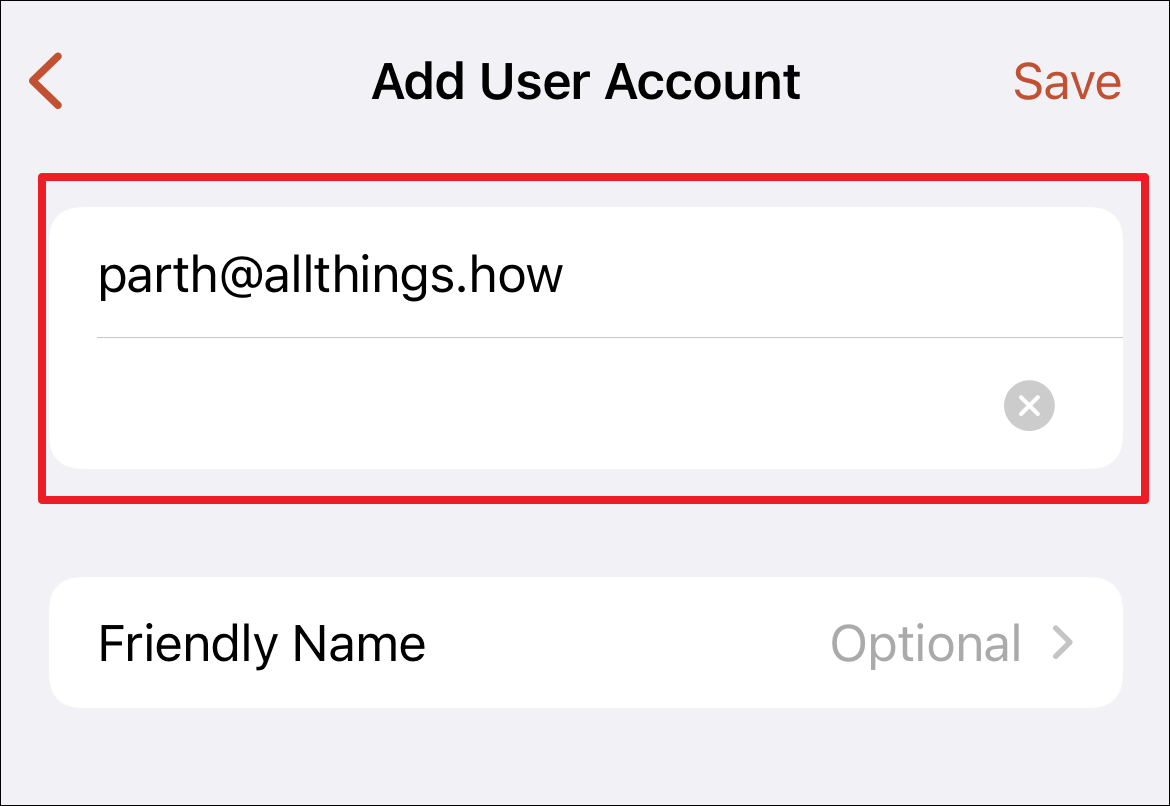
Step 4: If you need administrative access, toggle on 'Admin Mode'.

Step 5: Tap or click on the PC connection you just created to start the remote session.
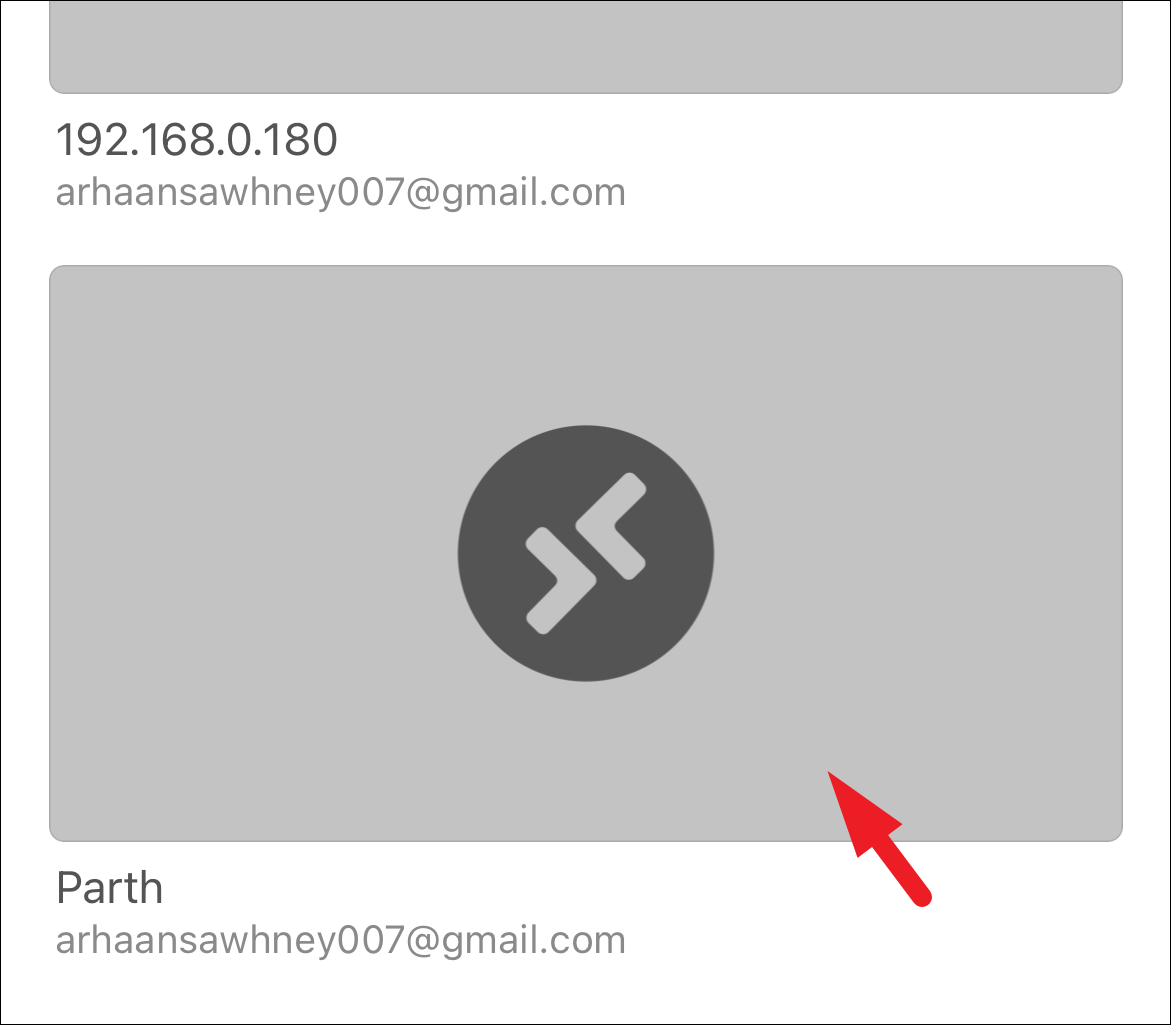
Once connected, you'll see your Windows 11 desktop on your device, allowing you to control it remotely.
Operate your PC using your mobile device efficiently
Using the Remote Desktop app on a mobile device may feel different from using it on a PC. Here are some tips to help you navigate and control your PC effectively.
To activate the on-screen keyboard, tap the keyboard icon in the top toolbar. This allows you to input text as needed.
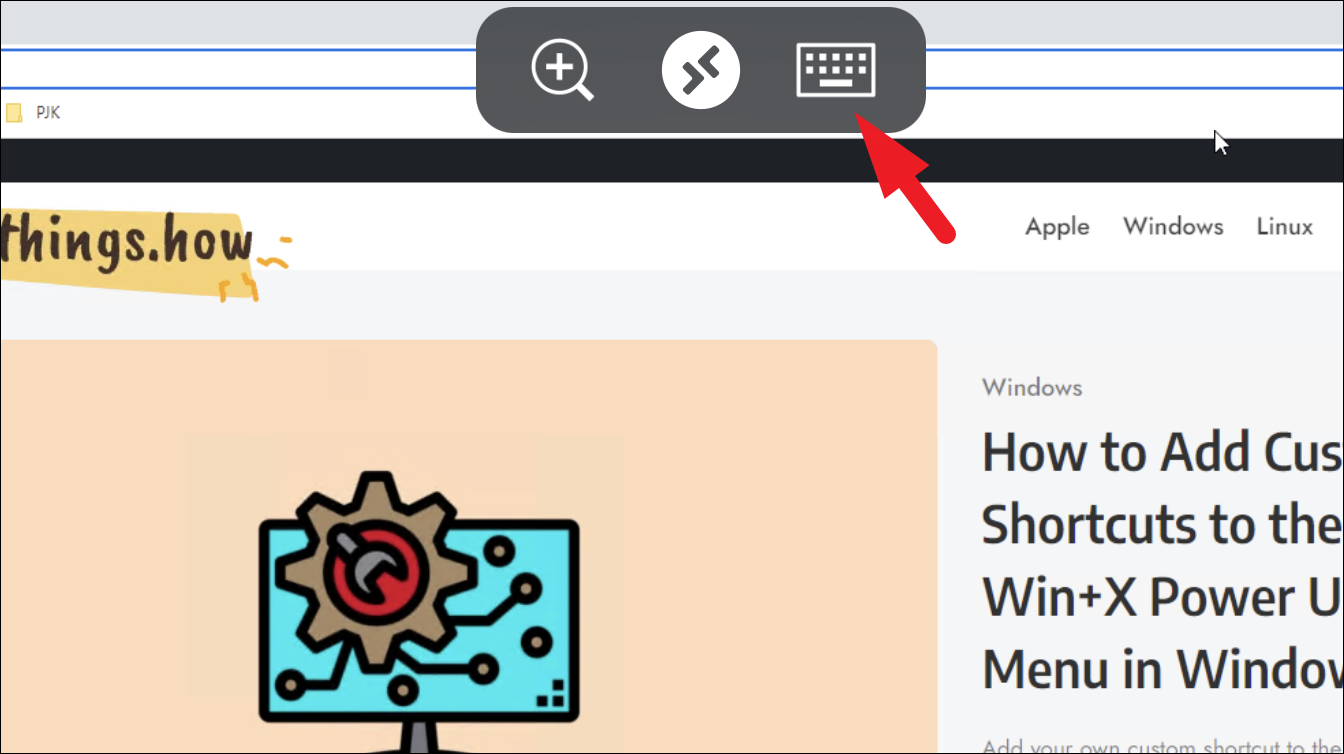
For keyboard shortcuts, tap the special key you need on the toolbar above the keyboard, then tap the shortcut key.

Windows + D to show the desktop.To perform a right-click, do a two-finger tap on the screen.
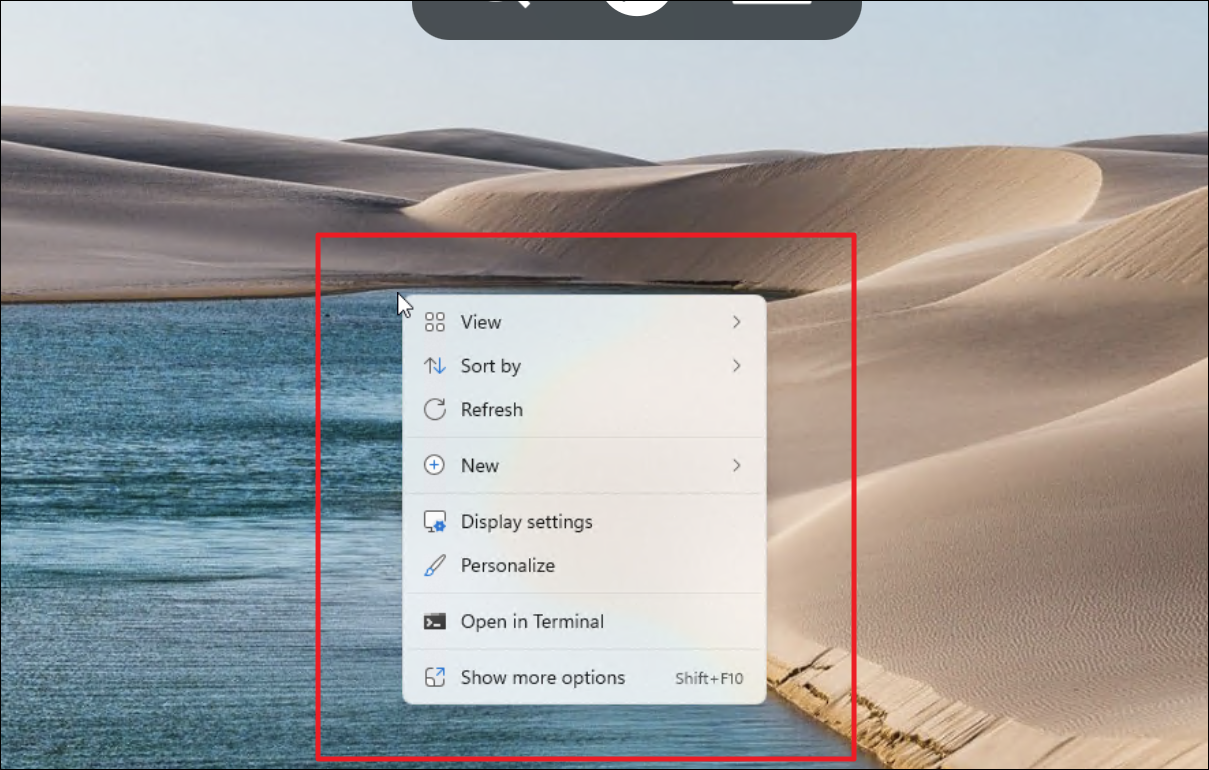
To switch between mouse and touch input, tap the 'Remote Desktop' icon in the toolbar, then tap the hand icon to switch to touch mode, which allows you to scroll and interact using touch gestures.
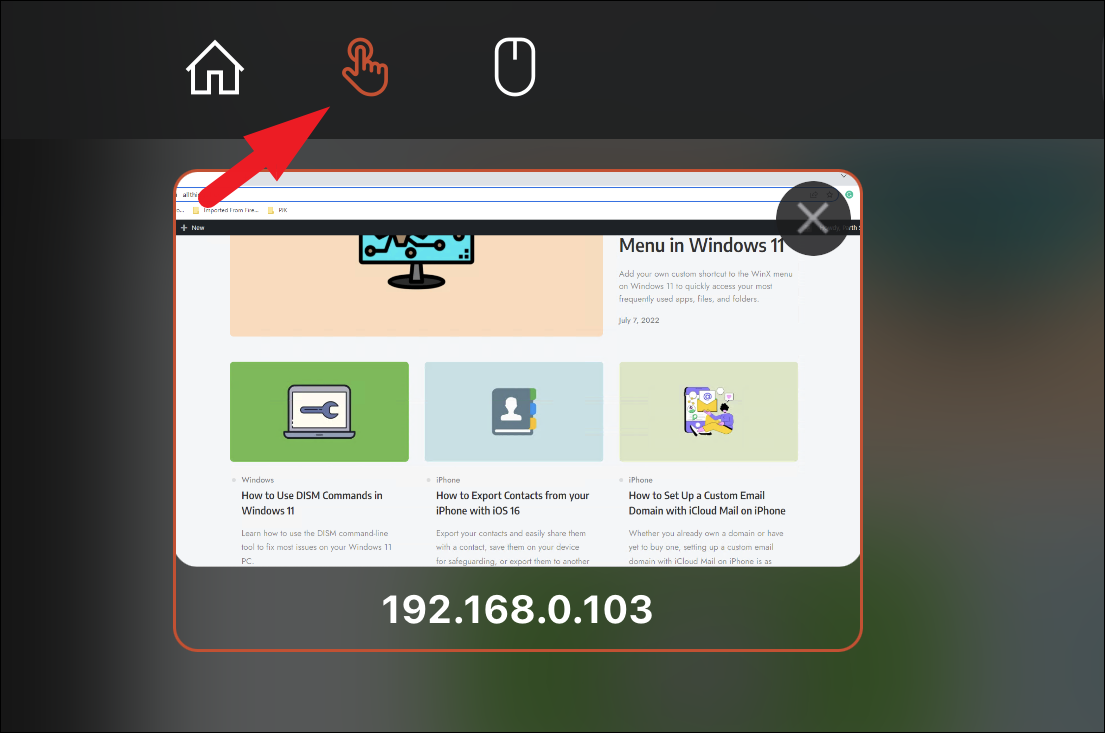
To disconnect the remote session, tap the 'Remote Desktop' icon and select 'Disconnect All PC Sessions' to end the connection.
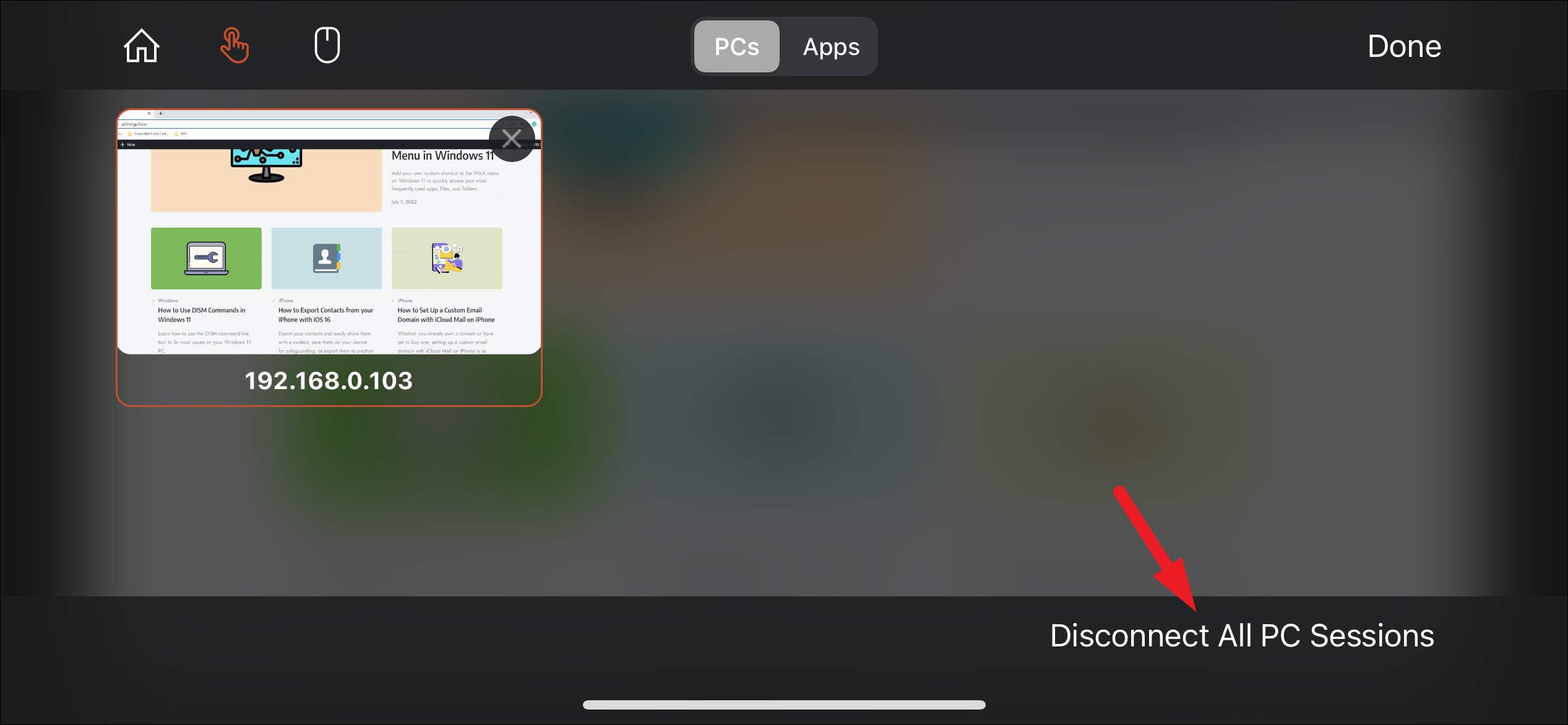
By following these steps, you can easily set up and use Remote Desktop to access your Windows 11 PC from virtually any device.


